Tencel fabric: composition, features and scope

There are dozens of different types of fabrics. Along with more or less familiar varieties, “exotic” variants appear all the time. With one of them, it's time to figure it out.

What it is?
Tencel is nothing more than the trade name of lyocell fabric. Environmental safety is considered its attractive feature. Despite its novelty, tencel has managed to become a full-fledged alternative to silk and cotton. This fabric was developed in the second half of the 1980s by English textile workers. In just 10 years, the product has gone from a completely new product to a world famous brand, and the technologists who created Lyocell were even awarded for their contribution to nature conservation.

Tencel textiles can be soft or silky, in the second case, it also has a characteristic gloss. The chemical composition of a tissue can vary significantly. If there are no other fibers besides Tencel, the fabric will be very expensive. But they combine it with other fabrics not only to reduce the price.
They often strive to make products more durable, and therefore add:
- viscose;
- woolen threads;
- cotton;
- bamboo.

Composition
In addition to 100% pure tencel fiber, there are its modifications, mixed:
- cotton;
- modal;
- elastane and other substances.
The addition of synthetic fiber is intended to increase the strength of the manufactured product. But in everyday wear, the most widespread is still a completely natural tencel. Its increased price is justified by the long-term maintenance of comfort in the harshest conditions.To be sure of the complete naturalness of the fabric, you need to carefully check the labels, including the wrong side.

This is especially important when choosing bed linen, since any synthetics are practically unacceptable there.

Manufacturing
To make a tencel, you have to turn into shavings the Australian eucalyptus trees that grow in the cleanest regions of the continent. They are taken only from special farms, since there are no guarantees of safety in the wild.
Manufacturing steps:
- wood is crushed, then treated with an organic solvent;
- the resulting homogeneous mass is pushed through holes of a specific configuration;
- under the influence of such a broach and carefully selected reagents, threads are formed;
- the fiber is dried.
During processing, the mass of cellulose practically does not change chemically. The fiber acquires a valuable property - increased wear resistance.
This allows it to be applied:
- in automotive filters;
- as a fabric for various covers;
- in abrasive materials.

It should be noted that eucalyptus raw materials are not the only possible option in the production of tencel. It can be obtained from other types of wood as well. But they are less practical. Fiber of a similar composition is made at Russian factories.

Advantages and disadvantages
Tencel, as follows from the description of its field of application, is practically universal. By changing the technological regime, it is possible to make from it both thin matter and fabric with a volumetric texture. At the same time, hazardous substances are not used in the production process. Subsequently, household items made of tencel decompose in natural conditions without causing harm to living organisms. Pleasant appearance and rich colors are created without the use of synthetic dyes.
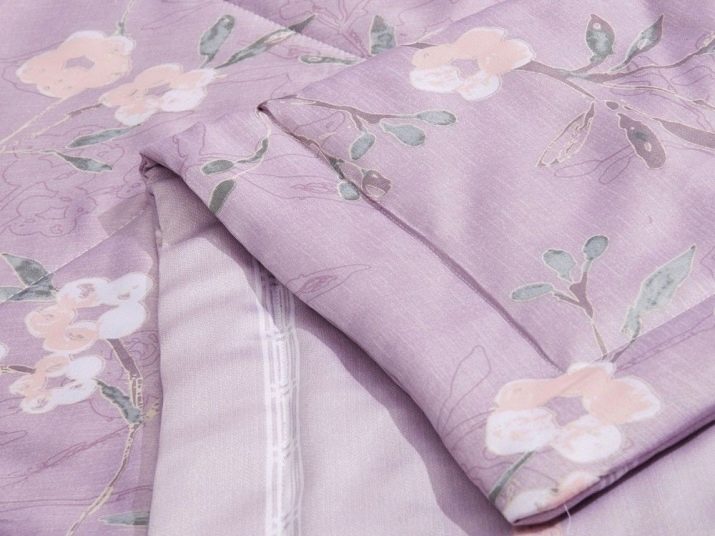
An important advantage of the tensel is its comfort (both tactile and due to the unimpeded penetration of air). The fabric made from these fibers does not accumulate static electricity charges, and the appearance of microorganism colonies in it is excluded. Tencel practically does not tear, since it is strong and elastic at the same time.

If clothes are made from this material, then it retains heat in cold weather and will be comfortable even in extreme heat. Tencel is notable for its enviable hygroscopicity, moreover, no pellets form on it. The attractive side of the fabric is the minimal risk of allergic reactions and long-term use. However, one must remember about the high prices for the tensel and the fact that it shrinks a little when used.



Where is it applied?
Tencel can be used in a wide variety of applications.
It is equally easy to do from it:
- daily clothes;
- festive outfit;
- underwear.


But the possibilities of using the tensel do not end there. Manufacturers of terry textiles, sleeping sets of the highest quality, sports equipment willingly take it. Moreover, the tencel is widely demanded in the production of cables and various ropes. Excellent dressing materials are obtained from it. However, such an application of the Australian product is not the most widespread, much more often it is used to make household textiles.

The Tencel quilt feels completely weightless, yet soft and gentle at the same time. Under such a veil, people sleep more easily. Contamination of matter by microscopic mites is excluded. You can also use pillows filled with tencel - they guarantee comfort and health. Such products are equally well suited for adults and children, they have excellent design properties.
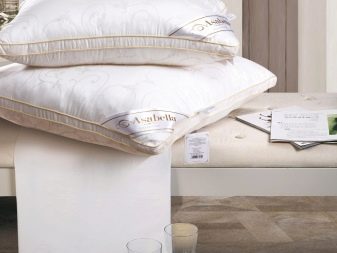

Bed linen made from this kind of fabric is deservedly considered a wonderful gift. Even after many years, it retains its original qualities.As for clothes made from tencel, there is only one advice from experts - it is best to use it in the summer.
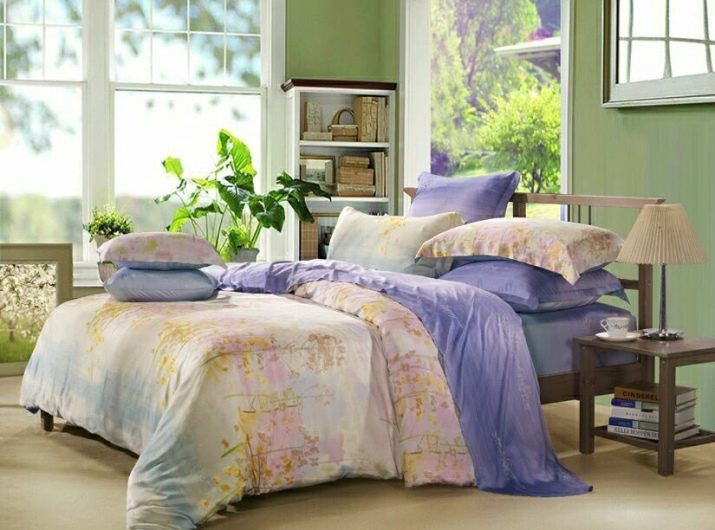
The fabric is perfect for beautiful women's dresses, as it drapes beautifully. In this version, you can reveal all the aesthetic advantages of the products.
Comparison with other materials
It is useful to compare tencel with other fabrics using the example of bedding. It is to him that the most stringent requirements are naturally imposed. And therefore, if it is possible to use fabric for this area, then it will be completely safe in the composition of clothing. First, it is worth understanding that the question of which fabric is better - satin or tencel does not make sense. After all, satin is not some specific fabric, but a way of processing it, or rather, a kind of weaving of fibers.
By their characteristics, however, they are quite similar. The difference is mainly related to the price of such materials. Tencel is better than even premium cotton for people with high skin sensitivity. In it, foci of bacterial infection appear much less often. That is why Australian fabric bedding is recommended for anyone with a budget.
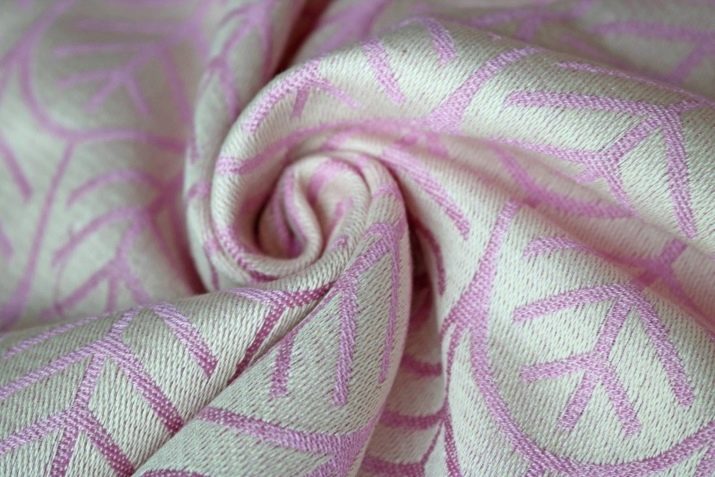
Comparison with other fabrics shows that tencel:
- in softness it is similar to silk;
- in terms of strength and service life it is not inferior to flax;
- as pleasant as flax;
- effectively warms, like woolen fabrics.
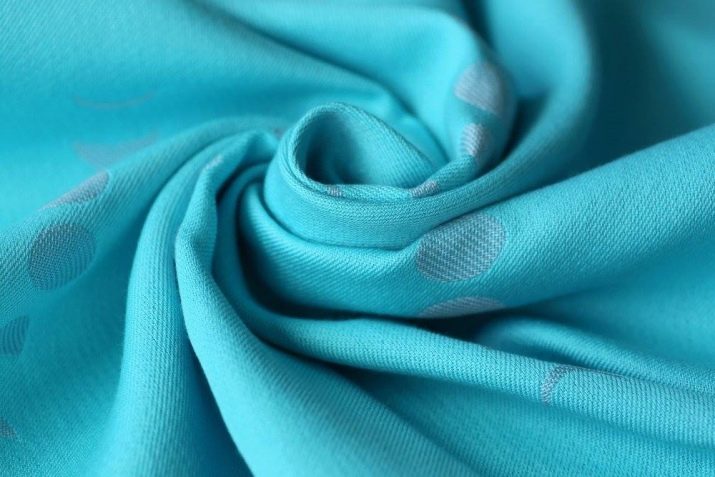
Care features
Important! All general guidelines should only be applied secondarily. Most relevant are the prescriptions that the manufacturer put on the label. However, the practice of using eucalyptus matter allows you to give certain tips that are suitable in most cases. Thus, certain types of material can be exclusively dry cleaned. Even if washing is possible, liquid cleaners are preferred over powders.
Water for washing should be heated to a maximum of 30 degrees. It is best not to wash the tencel in the machine, but by hand. If, nevertheless, washing in a typewriter, you must use programs without spinning. In any case, when the item is washed, it should be dried properly. Otherwise, mold damage is likely.
Ironing the tencel with even the best irons is not recommended. Here you will need to use steamers. If things are left for long-term storage, they must be placed in special bags or covers. Direct sunlight is unacceptable, this inevitably leads to fading.

Reviews of Tencel are generally favorable. As always, you should carefully sort your garments by color before washing. It is strongly unacceptable to wash Australian fabric with polyester. Their fibers can interlock with each other. As a result, tensel wrinkles (which should not be normal with it), loses its softness.

Important! To wash effectively without damaging the fabric, you only need to load the machine halfway. If you have to iron Australian fiber products, you must first moisten them a little. This technique allows you to simplify ironing and do the job more neatly. It is usually recommended to iron from the inside out, setting the temperature to no higher than 150 degrees. If all recommendations are followed, a long service life is guaranteed.
An overview of the Tencel bedding in the video below.








